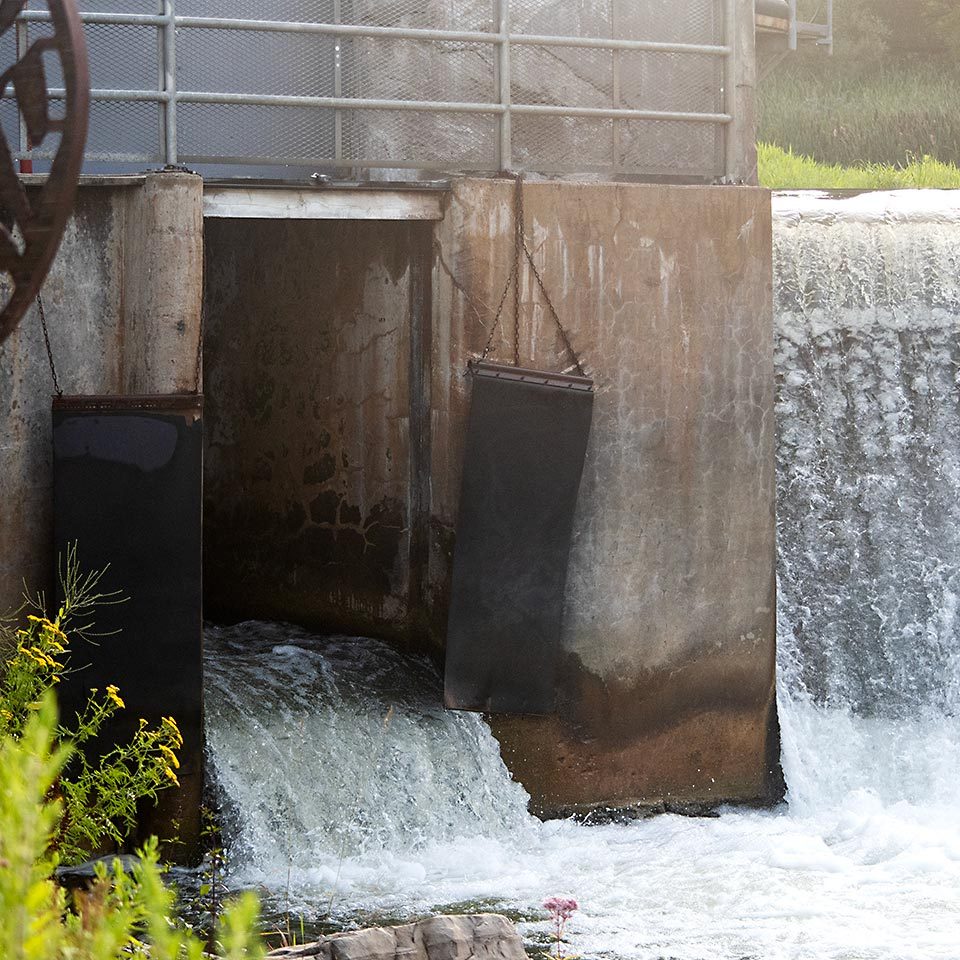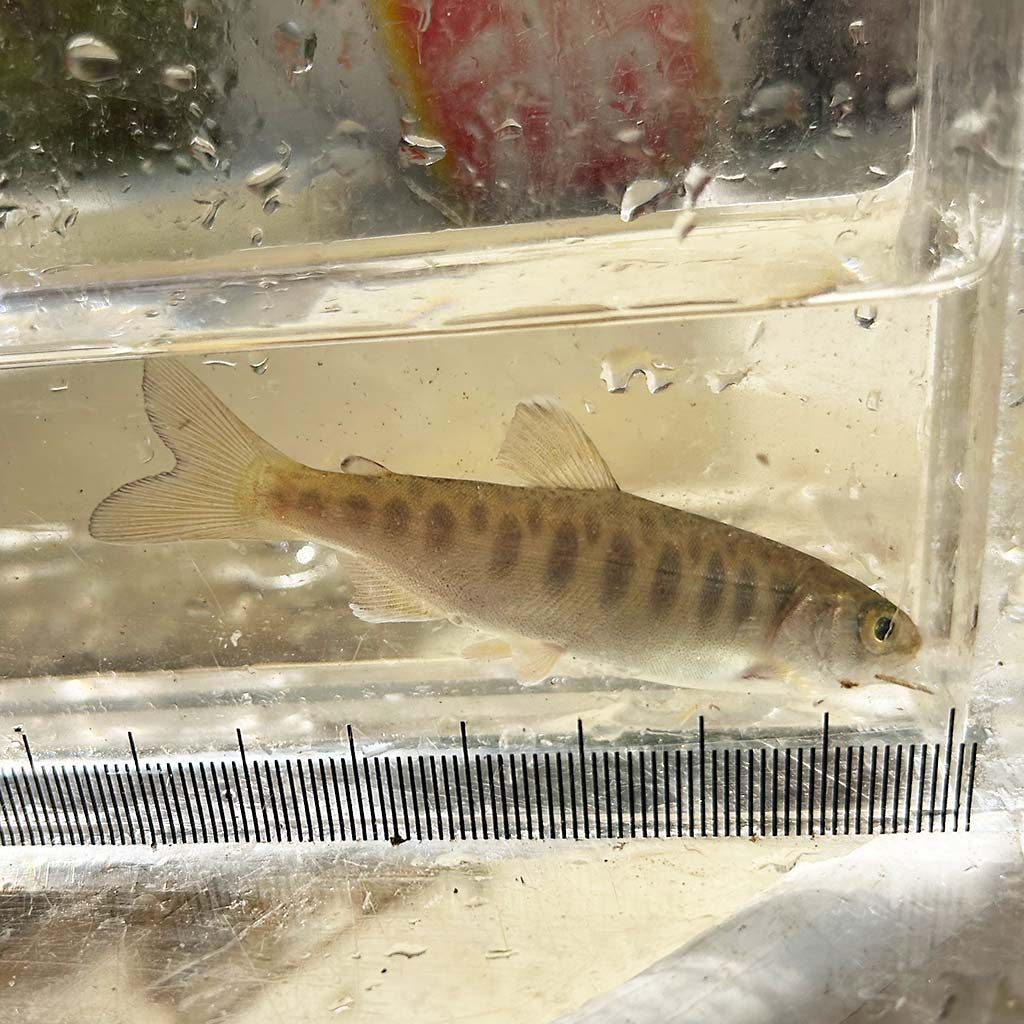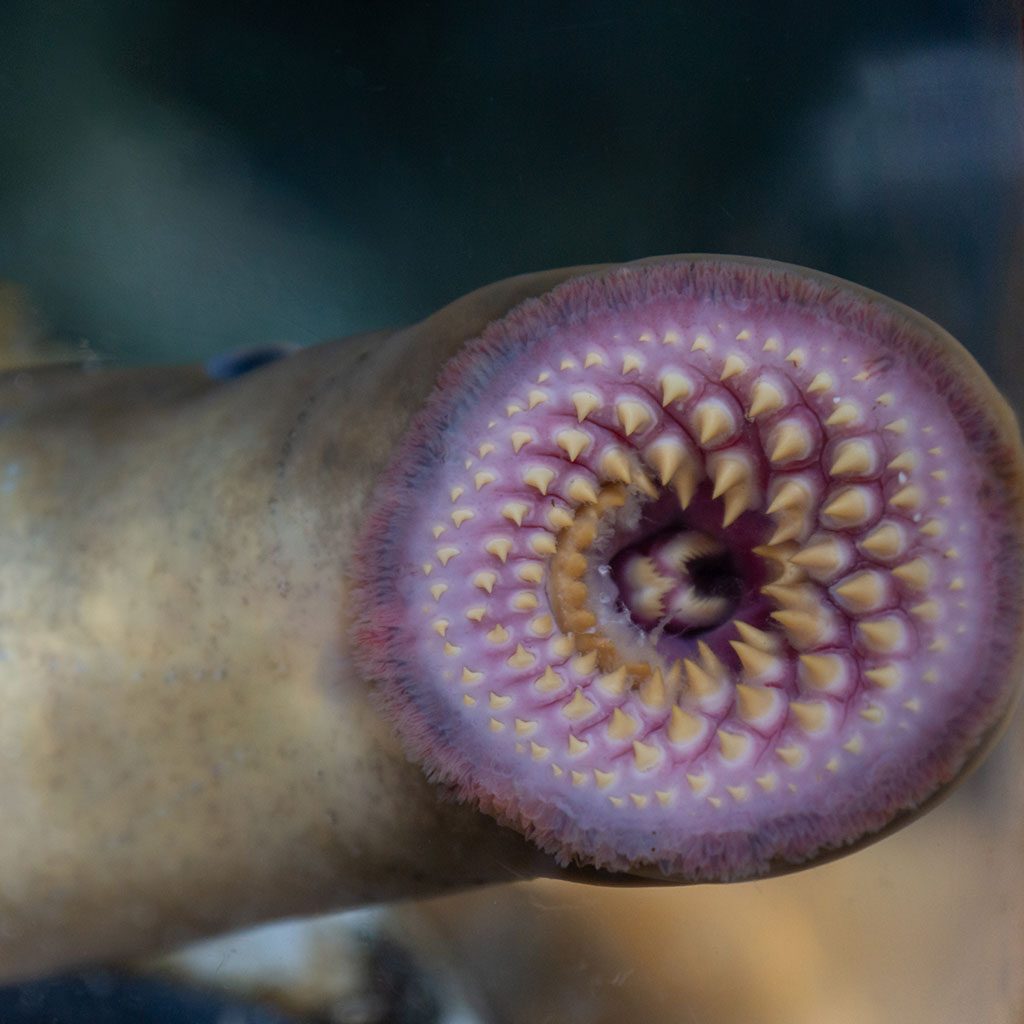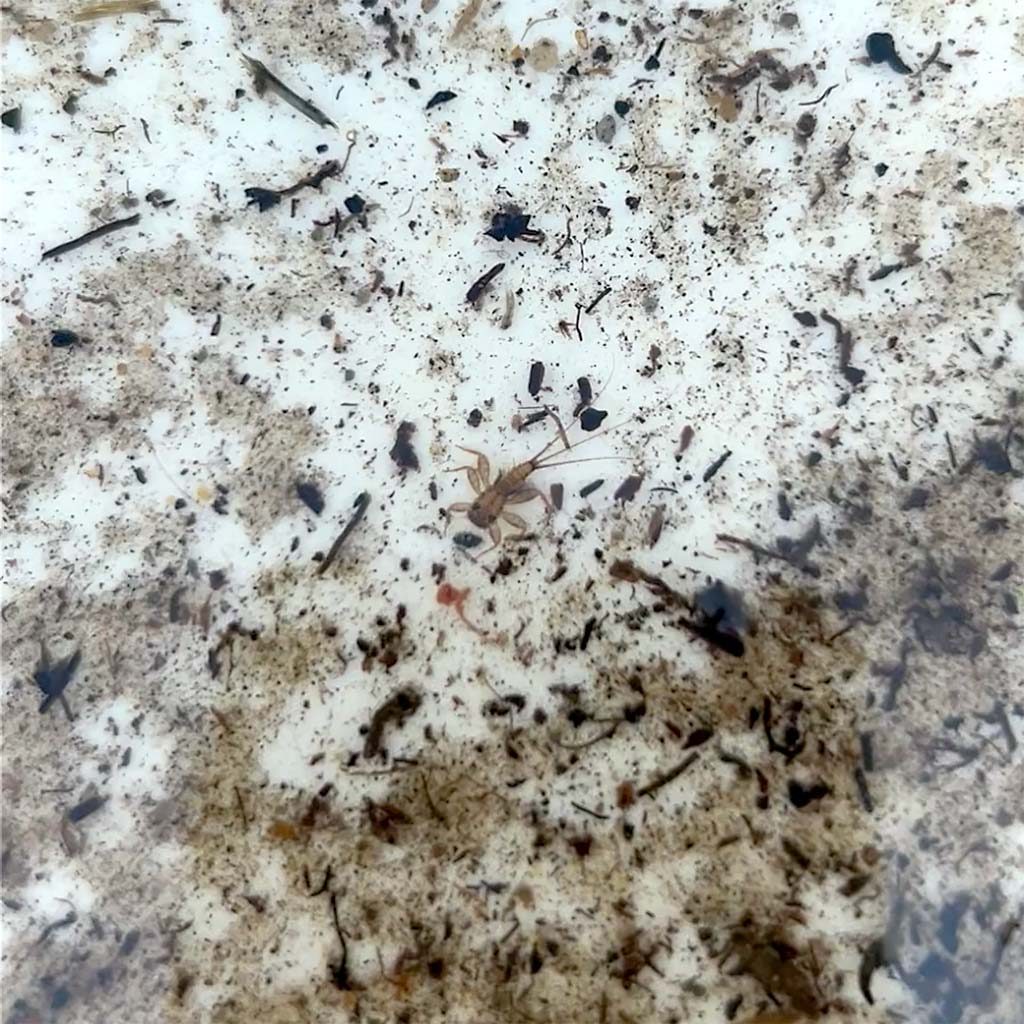

Fishing the Ganaraska Region
When fishingthe Ganaraska Region, you are fishing within the Fisheries Management Zone 17. Please ensure you have a valid fishing license and are aware of all fisheries regulations.
Are you looking to do some fishing in the Ganaraska River?
The GRCA works very closely with the Municipality of Port Hope and the Ministry of Natural Resources and Forestry (MNRF) to educate anglers on important fishing regulations, prevent poaching and provide knowledge for fun and sustainable recreational activities.
Due to the popularity of fishing on the Ganaraska River, there are specific regulations put in place to protect the fisheries.
Please visit the Fishing in the Ganaraska River page to read all relevant information.
A frequent question the GRCA receives is when will the trout or salmon start their run?
This is a difficult question to answer, since the trout and salmon migration is based on a variety of environmental factors just as water temperature, water level and flow.
Generally speaking Rainbow Trout spawn in the spring in the Ganaraska River, while the Pacific Salmon (Coho and Chinook) spawn in the fall. Before you plan your trip to Port hope for trout or salmon fishing it is recommend that you visit River Watch Daily to get a live update of how many fish have entered the Ganaraska Fishway.
If you observe a high number of trout or salmon using the fishway, it is probably a good time to plan your fishing trip.
Fisheries & Aquatic Management
Restoring Fish Populations
Cobourg Creek is one of three initial ‘best bet’ streams to be stocked with Atlantic Salmon since 2006 as part of the Lake Ontario Atlantic Salmon Restoration Program.
he creek was chosen as a best bet stream based on its high quality habitat for juvenile salmonids in the east branch (Baltimore Creek), and on the past performance of stocked juvenile Atlantic Salmon during earlier restoration feasibility research. The GRCA partners with OFAH and OPG to conduct a classroom hatchery program to give hands on experience to our future minds about Atlantic Salmon.GRCA Fish
GRCA is a partner of the Trout Unlimited Reconnecting Canada Initiative, where we are working to improve fish habitat in numerous ways, including the removal of barriers. Over the years GRCA has been involved with many barrier removals, including the Cobourg Creek Rocky Ramp which was completed in 2010, and in 2018 a private dam was removed on Graham Creek with the support of the landowner and OPG.
Aquatic Invasive Species
Clean, Drain & Dry
Aquatic invasive species threaten Canada’s water bodies and the wildlife that rely on them. They spread alarmingly fast and can impact the environment and economy, and damage the recreational areas that we enjoy.
Water-based recreational activities can spread aquatic invasive species to new locations. Aquatic invasive species can cling to watercraft and gear, or be transported in standing water to new bodies of water. You can protect our lakes and rivers from aquatic invasive species by ensuring you CLEAN, DRAIN and DRY your watercraft and gear.
Some common aquatic invasive species found within the GRCA jurisdiction:
- Sea Lamprey
- Goldfish
- Common Carp
- Eurasian Milfoil
- Water Soldier Viral Hemorrhagic Septicemia
What Can You Do?
Know your aquatic invasive species.
- Report invasive species to EDDMapS Ontario or contact the Invading Species Hotline at 1.800.563.7711.
- Remember to Clean, Drain and Dry your equipment and gear to reduce the transport of invasive species to a new location.
- Learn more about invasive species with additional resources available by the Ontario Invasive Plant Council and Invasive Species Centre.
Benthic Community Monitoring
Key Indicators of Water Health
Benthic macroinvertebrates are considered animals without backbones that are visible to the unaided eye and that live on, under, and around rocks and sediment on the bottom of lakes, rivers, and streams during some period of their life.
Benthic invertebrates are useful biological indicators of water quality and stream health as they inhabit the stream over a portion of their life cycle, thereby reflecting impairments to water and stream quality.
Typical invertebrates include snails, crayfish, clams/mussels, and the larval stages of mayflies, caddisflies, and stoneflies. Benthic invertebrate samples are collected through several sampling methodologies (e.g. Ontario Benthos Biomonitoring Network). The invertebrates are then sorted and individual specimens are identified to either the order/family/genus/species level.
GRCA analysis uses a number of indices based on community composition and individual species traits.




